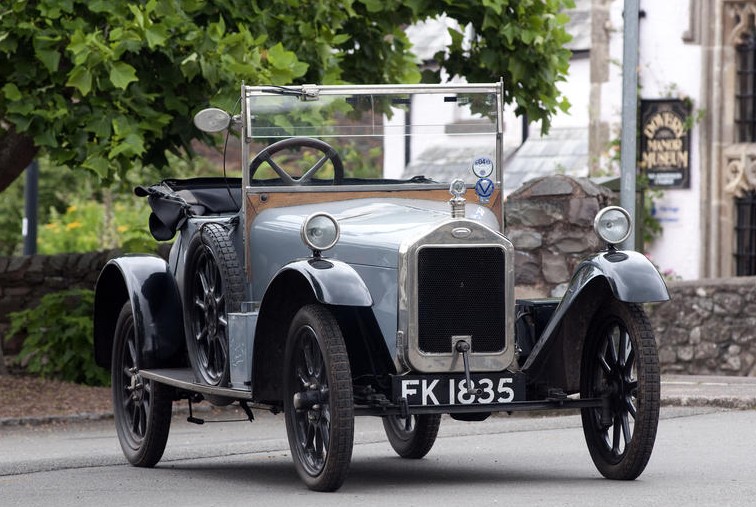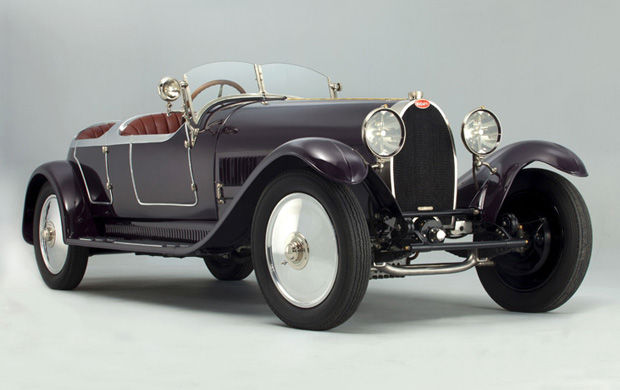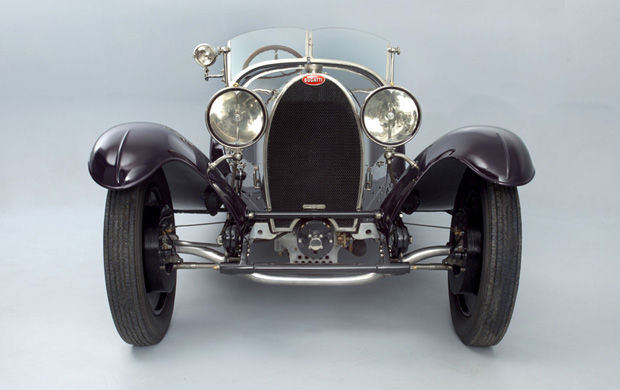1931 Invicta 4½-Litre S-Type Low-Chassis Tourer
Offered by Bonhams | Goodwood, England | September 15, 2012

Invictas – especially the low-chassis models – are some of the sportiest cars of the era. They are aggressive looking with a low center of gravity, meaning handling and road holding were areas were Invicta cars excelled over their competitors – which included Bentley and Lagonda, among others. The cars were expensive and only about 1,000 Invicta cars of all models were built.
This is a 4.5-liter S-Type meaning the engine is a 4.5-liter straight-six that has been supercharged to produce speeds capable of 100 mph. All Invictas used Meadows engines built by Henry Meadows (except the first three prototypes). The supercharged Meadows six was a torquey monster – you can drive this car in top gear down to 6 mph!
Invictas never saw the racing success of Bentley. They went after a different niche – cars that could be throttled by their owners – just wrung out. High speeds for extensive distances with no wear or tear. The cars were so solidly built that 68 of the 77 S-Types built still survive.
This car, nicknamed “Bluebird,” has known ownership history since the 1960s and a three-year restoration was completed in 2011. It’s kind of weird, but pre-war cars were available in many different guises: big tourers, racing cars, etc. But this is a sports car. It’s made to go fast – but it’s not a competition car. There aren’t a lot of pre-war cars that are worthy of this designation. And this is among the best of them. The pre-sale estimate is $870,000-$1,100,000. For more information, click here. And for more from Bonhams at Goodwood, click here.
Update: Not Sold.








